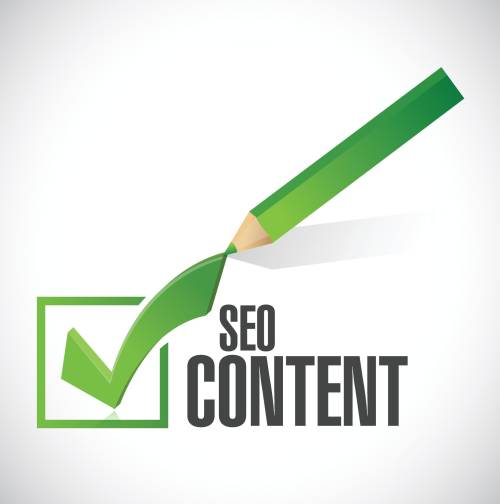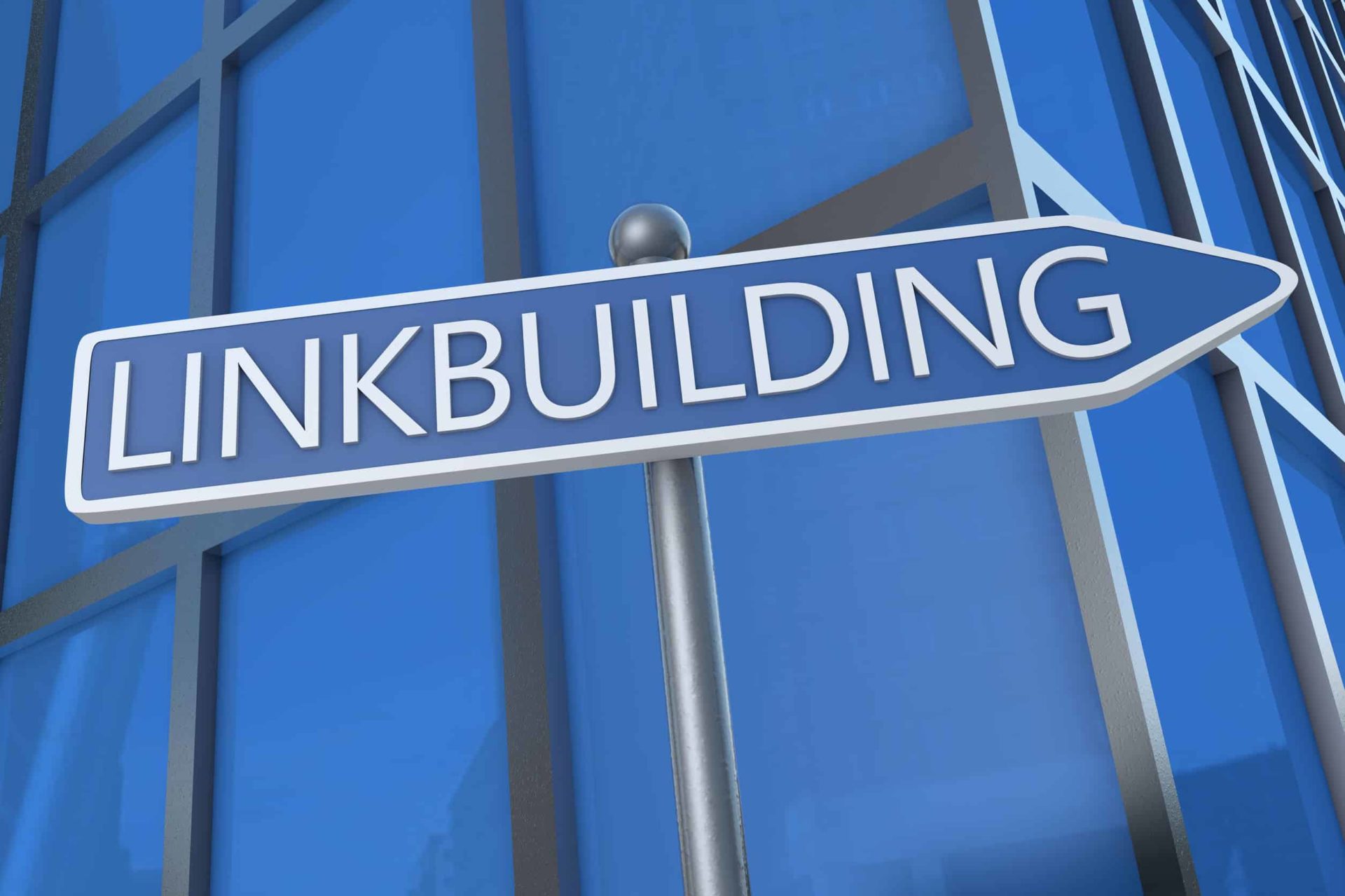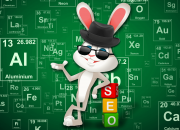
Whether your company has had a website since the dawn of the internet age or is just starting out, it’s important to focus on optimizing your web pages for best results. A highly optimized page not only looks better, but is seen by more people and will eventually convert more customers. However, attempting to optimize without a game plan can lead you down some expensive paths with little reward. Instead of haphazardly approaching SEO for your site’s pages, take the time to learn about best practices, top mistakes, and how the most successful webmasters run their sites.
The Importance of Webpage Optimization
Optimizing your site’s pages is the one of the single most important things you can do to encourage a healthy and responsive website that reaps benefits, but you will miss out if you put it on the back burner. However important you initially think webpage optimization is, you can double or triple it; it’s that crucial. For a little hard proof, just check out some of these statistics that Hubspot gathered and the UX Web Host Review put into an amazing infographic:
- More than 80 percent of online marketers consider increasing overall conversion rates to be one of the primary priorities for web optimization programs.
- 40 percent of people will abandon a web page if it takes three-plus seconds to load.
- The majority (78 percent) of marketers report that their marketing campaigns are at least partially driven by website optimization results, while less than half (47 percent) say their web design actually changed as a result of optimization lessons.
There are dozens of additional statistics that could be pulled from industry leaders and credible sources regarding the value of SEO optimized pages, but the point is already clear:
spend time structuring a perfect SEO optimized page for better conversion, and ranking.Click To TweetTips for a Perfectly Optimized Page
Optimizing a page requires the ability to keep the big picture in mind while focusing on the finer details. This means each element of a page needs to be addressed individually, but also needs to meet the overall aim and mission of the site. Here are a few tips:
- Friendly URLs. Something like your page’s URL may not seem super important – but Google’s Matt Cutts says it is. He suggests that only the first three to five words in a URL are given preference – or at least most of the weight. For example, you would want to avoid URLs like [http://yourpage.com/this-is-a-very-long-page-url-that-keeps-going] and instead opt for extensions like [http://yourpage.com/my-short-url]. According to Cutts, the algorithms typically view anything longer than three to five words “worse” than those that are abbreviated and short.
- Ideal titles. While titles are certainly important from a visual standpoint, they also matter when it comes to SEO. It is best to keep title tags under 55 characters and to mention target keywords in the title. You should also wrap your title in an H1 tag and remember that Google typically only displays the first 50-60 characters of a title tag (or whatever fits into a 512-pixel display). Here is a title tag preview tool by Moz to take the guesswork out of it
- Visuals are attractive. Too much text has always been seen as a negative thing, but more recently the focus has been on how to break up text in a way that attracts and engages visitors. The answer is more visual media. Google is paying attention to user-interaction signals, and things like images, pictures, gifs, infographics, and videos can help reduce bounce rate and increase the average time on site.
- Keyword placement. According to Google, not all keywords are created equal. In addition to sticking keywords in titles, you should also drop your main keyword in the first 100-150 words of an article or blog. This emphasizes the focus of your content and tells the search engines something about relevancy.

- Link up. Linking has always been a hot topic in the world of SEO, but the focus is rarely on outbound links. In most cases, people focus on how many backlinks they can get, where they should place them, and how Google responds. While backlinks are important, spending some time planting high quality outbound links will reward your page. Google uses these to determine what your site is about, what niche it falls in, and the overall quality of information you provide.
- Social sharing. Outside of search engines, social media sites are the number one source of traffic generation. Adding social sharing buttons that link to Twitter, Facebook, Pinterest, LinkedIn, and other sites will improve your page’s chances of receiving high quality inbound links.
- Rich content. Content has and always will be king, but what’s valuable has changed over the years. It’s now important to have long-form content, as opposed to the traditional short-form. This means beefing up 200 and 300 word blog posts to 700, 1,000, or 2,000 words where possible.
- Loading speed. When Google says something about how its algorithms function, people listen. That’s why it is important to note that Google has gone on record saying page loading speed plays a crucial part in SEO rankings. The goal is to get your site’s average load speed below the four second threshold. Anything above this will kill your conversion rates and significantly reduce your rate of returning visitors.
- Responsive is best. Does your site have a responsive web design? Within the next year or two, responsive web design will be the norm, and anyone without it will greatly suffer. With so many internet sessions originating from mobile devices, your website’s ability to self-adjust based on screen size will lower bounce rates and extend average time on site.
Crafting the Perfect Page
The problem for many companies is they don’t put enough emphasis on their site pages. They believe it’s enough to purchase a domain, grab some hosting, and copy and paste into a basic template. Sadly, this can damage your chances of attracting traffic. Instead of taking a shotgun approach to page optimization, it’s necessary to spend time focusing on the finer details that truly make a page great. Use these nine tips as a starting point, and treat your webpages like pieces of art that need to be crafted and manipulated until they are complete.
Resources:
http://blog.hubspot.com/marketing/compelling-stats-website-design-optimization-list
http://www.quicksprout.com/2014/11/21/how-to-structure-a-perfect-seo-optimized-page/
http://www.stephanspencer.com/matt-cutts-interview/
http://backlinko.com/on-page-seo?wide=1
http://www.huffingtonpost.com/ian-mills/5-reasons-you-absolutely-_b_5122485.html






 Want 2017 SEO Success Factors at a Glance? Check Out This “Periodic Table”
Want 2017 SEO Success Factors at a Glance? Check Out This “Periodic Table”